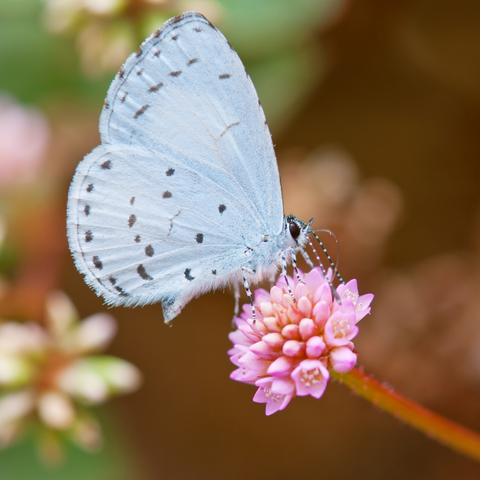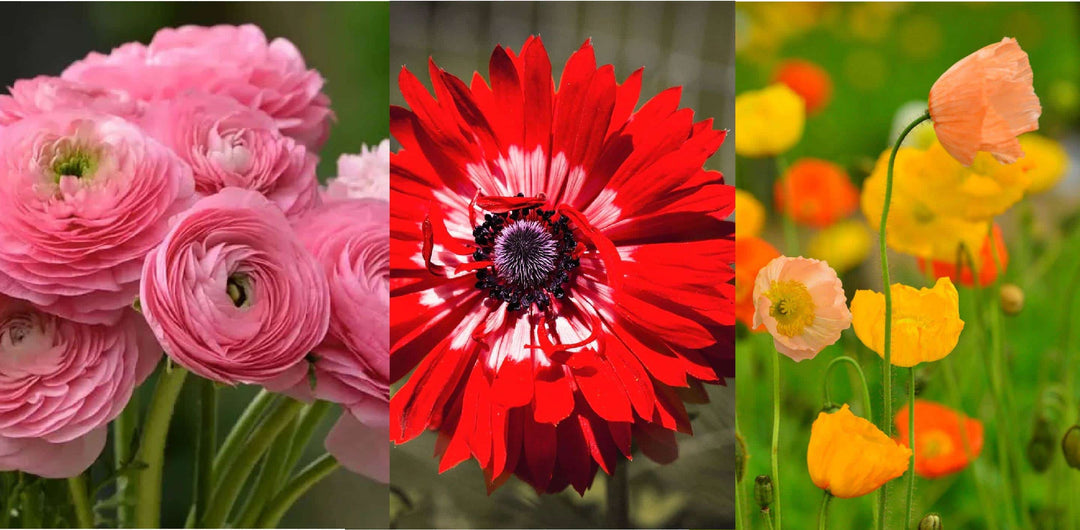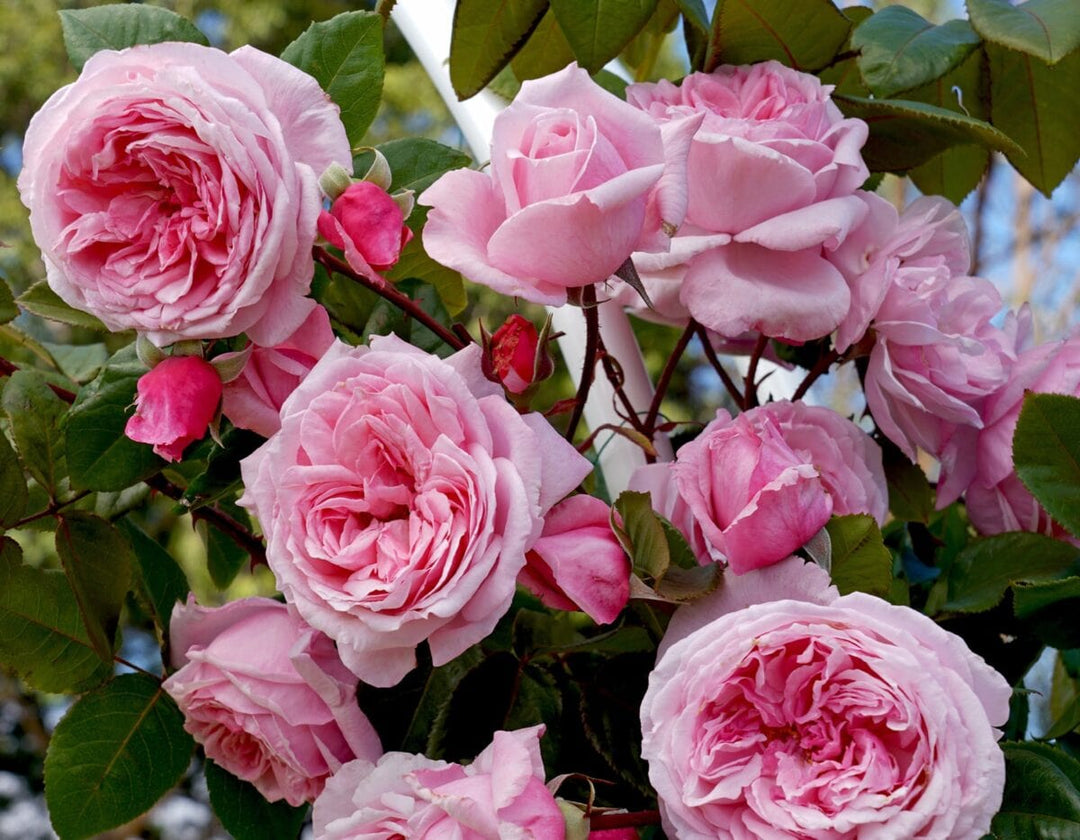How To Attract Butterflies
Whether their delicate presence provides you with symbolic reflection, calm enjoyment or healthy pollinated blooms, butterflies are one of the most beautiful critters to enter our gardens. Lucky for us, these floating beauties can be swayed to visit more often if the conditions are right. This week's blog will share tips and tricks to getting more butterflies in your garden.
About Butterflies
[Canadian Tiger Swallowtail]
With over 300 species of butterflies in Canada, the majority of butterflies can be found fluttering between British Columbia and Quebec. As the most recognized butterfly, the Monarch Butterfly can be found on almost every continent worldwide.
Unable to withstand Canada's harsh winters, the Monarch butterfly flies over 4,000 kilometres to Mexico yearly. It spends six months soaking up the sun in the Oyamel Fir Forest of Central Mexico. As spring unfolds in Canada, butterflies like the Monarch appear in early April.
Note: Though, with 2 to 6 weeks lifespans, not all butterflies make it to migration. Only the last generation of Monarchs in a single year makes it to the migration phase with an average lifespan of 8 to 9 months long.
Butterfly Habitats

[Mourning Cloak]
Grasslands, deserts, forests, alpines and wetlands are all ideal environments for butterflies to thrive. Since butterflies can be found across many ecosystems, it's essential to know a few ways butterflies choose their potential homes. Try some of the proven tips and tricks below to meet all the requirements to keep your butterflies happy and coming back every year.
Butterfly Food
[Milbert's Tortoiseshell]
During the day, butterflies need rich sources of nectar to give them the energy they need to survive. The best nectar for them often comes from colourful and fragrant flower blooms. If attracting more butterflies to your garden is on your agenda, you'll want to take note of these proven butterfly favourites.
| Zinnias | Black-eyed Susan |
| Salvia | Coneflower |
| Sunflower | Blazing Star |
| Milkweed | Yarrow |
| Cosmos | Scarlet Morning Glory |
| Climbing Aster | Coreopsis |
| Allium Purple Sensation | Yellow Crocuses |
| Bright White Daffodils | Asclepsias Incarnata |
| Knapweed | Puschkinia |
| Scabiosa |
Butterfly homes
After a busy day of pollinating and eating nectar from our gardens, butterflies need a safe place to rest at night. To prevent them from being carried away from the wind, they like to nuzzle themselves between blades of grass, rocks, under leaves or tightly between branches on trees. As gardeners, the best thing we can do to provide a safe shelter for butterflies is to introduce a manmade butterfly home! Place your butterfly home near your popular butterfly flowers to make sure it's visible, and add some sticks and dry leaves to help entice them.
Hydration
[Dakota Skipper]
Since butterflies have straw-like tongues called 'proboscis,' they are restricted to a liquid-only diet. Some ways they can stay hydrated is through the nectar they get from flowers and fruit juices. As a fun activity, try setting out a bottle cap filled with honey water or fruit juice for them to drink from or place one near a butterfly to attract it to you. Or, put some fruit in the sun and see how long it takes for them to find it!
Sun Basking
[Clouded Sulphur]
Butterflies can't fly when they're cold. To keep them moving, they often stop to bask in the sun. To help your butterflies stay warm, add a few flat rocks in sunny areas to give them a safe place to soak up the sun!
Dislikes
[Summer Azure]
Unfortunately, our poor butterfly friends have many predators, including birds, snakes, rats, wasps, ants, and lizards. To save them from potential predators, try to be mindful when placing your resources. For example, don't place your bird feeder and butterfly home in the same place.
Have a suggestion or question?















